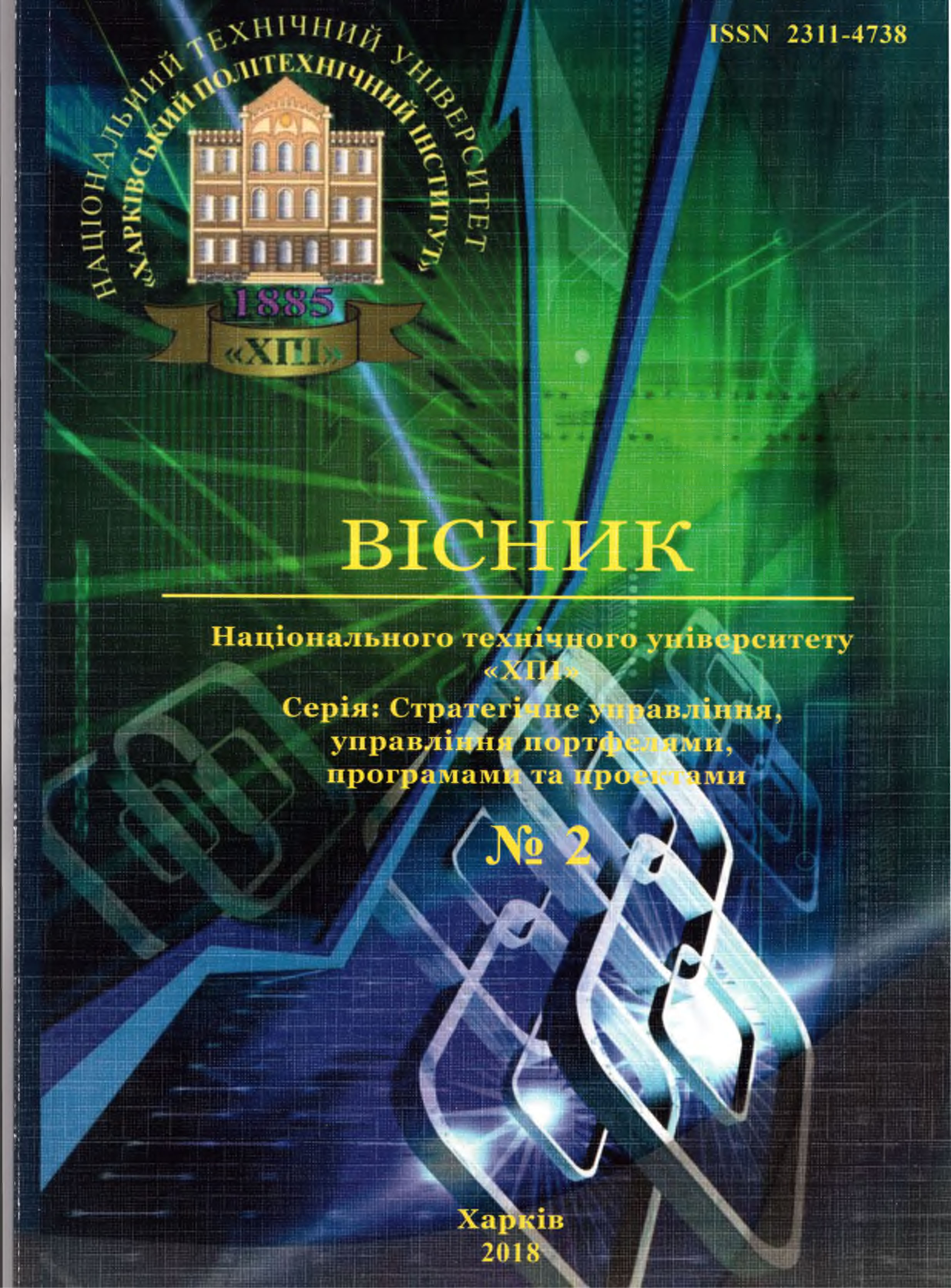TESTING MODELS RESEARCH OF THE USABILITY OF SOFTWARE PRODUCTS
DOI:
https://doi.org/10.20998/2413-3000.2018.1278.11Keywords:
testing, software, load testing, polling, software usability.Abstract
The article deals with the issues of testing the software usability. Usability evaluation is an urgent problem nowadays as it is a determinative factor of software success among its users. This problem should be solved during the whole software development lifecycle in order to create the best product for consumers. Also, usability evaluation should be conducted after software delivering to the end users in order to estimate the degree of their satisfaction and to notice what has to be changed in the next product‟s version. A test plan was developed for load testing in the paper. The results of load testing showed that the developed software works stably with a hundred of simultaneously working users; it was confirmed by a zero percentage error and a small response time of the system to user‟s inquiries. The survey method was used to study the convenience of using the developed software within the real-world strategy. This decision was taken due to the low cost of research and the unobtrusive nature of this method. The survey provides the ability to process a large amount of statistical data, which increases the reliability of the measurement. The Software Usability Measurement Inventory (SUMI) survey method was used to measure the usability of the developed software. In order to study the usability of the developed software, it was performed the usability comparing of the developed system with similar systems. The plurality of software products was compared. Then several users evaluated the usability of the proposed software implementing the SUMI method. Based on individual assessments a group of experts estimated each product and compared its usability. The survey measured the following aspects of user satisfaction: efficiency; emotional reaction; ability to help; control; accessibility. In order to receive the reliable results, 12 users were polled using the SUMI questionnaire. Their responses were interpreted and processed on the basis of the Rash model. As a result, usability estimates were obtained. The consistency of expert judgments is determined with the help of the coefficient of variation.References
ISO/IEC 9126–1:2001 Software engineering – Product quality. Part 1 : Quality model. Available at: http://www.iso.org/iso/ catalogue_detail.htm?csnumber=22749 (accessed 20.12.2017).
Kaner C. Testing computer software. Thomson, 2001.
Fitzpatrick R. Strategies for evaluating software usability. Available at: http://www.comp.dit.ie/rfitzpatrick/papers/chi99%20-strategies.pdf (accessed 21.12.2017).
Jerz D. G. Usability Testing: What Is It? Available at : https://jerz.setonhill. edu/writing/technical-writing/usability-testing (accessed 23.12.2017).
Andreasen M. S., Nielsen H. V., Schroder S. O. Stage. What happened to remote usability testing? Proceedings of the SIGCHI conference on Human factors in computing systems. CHI, 2007, pp. 1405–1410.
Kapil C. M., Greenstein J. S. Synchronous remote usability testing: a new approach facilitated by virtual worlds. Proceedings of the 2011 annual conference on Human factors in computing systems. CHI, 2011, pp. 2225–2234.
Kirakowski J. The Use of Questionnaire Methods for Usability Assessment. Available at: http://sumi.ucc.ie/sumipapp.html (accessed 20.12.2017).
Arh T., Blazic B. A Case Study of Usability Testing – the SUMI Evaluation Approach of the Educa Next Portal. Available at : http://www.wseas.us/e-library/transactions/information/2008/25-191.pdf (accessed 22.12.2017).
Bevan N., Curson I. Methods for Measuring Usability. Available at : http://www. nigelbevan.com/papers/meatut97.pdf (accessed 21.12.2017).
ISO 9241–11 Ergonomic requirements for office work with visual display terminals (VDTs) Part 11 : Guidance on usability.
Zhao Y., Hambleton R. Software for IRT analysis: description and features. Available at : http://www.umass.edu/remp/ software/CEA-652.ZH-IRTSoftware.pdf (accessed 15.112017).
Sick J. Rasch analysis software programs. JALT Testing & Evaluation SIG Newsletter. 2005, no. 13 (3), pp. 13–16.
Downloads
Published
Issue
Section
License
Copyright (c) 2018 Олексій Сергійович Ісаков, Ольга Юріївна Чередніченко, Володимир Володимирович Мозгін, Ольга Василівна Янголенко

This work is licensed under a Creative Commons Attribution-NonCommercial-ShareAlike 4.0 International License.
Our journal abides by the Creative Commons copyright rights and permissions for open access journals.
Authors who publish with this journal agree to the following terms:
Authors hold the copyright without restrictions and grant the journal right of first publication with the work simultaneously licensed under a Creative Commons Attribution-NonCommercial-ShareAlike 4.0 International License (CC BY-NC-SA 4.0) that allows others to share the work with an acknowledgement of the work's authorship and initial publication in this journal.
Authors are able to enter into separate, additional contractual arrangements for the non-commercial and non-exclusive distribution of the journal's published version of the work (e.g., post it to an institutional repository or publish it in a book), with an acknowledgement of its initial publication in this journal.
Authors are permitted and encouraged to post their published work online (e.g., in institutional repositories or on their website) as it can lead to productive exchanges, as well as earlier and greater citation of published work.

